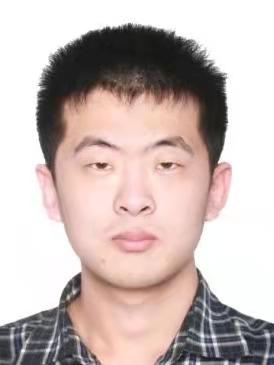Longitudinal assessment of the effects of passive training on stroke rehabilitation using fNIRS technology
Published in IJHCS, CCF A, 2024
Recommended citation: Tan Zou#, Ning Liu#, Wenfeng Wang, Qinbiao Li, and Lingguo Bu. 2024. Longitudinal assessment of the effects of passive training on stroke rehabilitation using fNIRS technology. Int. J. Hum.-Comput. Stud. 183, C (Mar 2024). https://doi.org/10.1016/j.ijhcs.2023.103202. https://dl.acm.org/doi/10.1016/j.ijhcs.2023.103202'
For patients with severe conditions such as stroke, passive exercise is commonly used in the early stages of their rehabilitation training. This study aimed to assess the effect of passive training on stroke rehabilitation and track brain function changes and the patient’s rehabilitation progress, by employing a robot glove to perform a passive flexion-extension task. Specifically, functional near-infrared spectroscopy data from 26 patients under resting and right-hand passive interactions (task state) were recorded before and after a one-week interval, respectively, to explore the variations in the brain network of the patients. The results showed a stronger functional connectivity in both states of the two experiments in the left and right homotopic brain regions (p < 0.01). The effective connectivity network between brain regions maintained a consistent trend during the same test. Changes in functional connectivity and effective connectivity networks may represent the advantages of motor rehabilitation tasks and patient treatment duration, providing a perspective for an easy understanding of the mechanisms of stroke-related brain changes. This study demonstrates the feasibility of passive training strategies in the field of intelligent rehabilitation by applying neuroscientific diagnostic methods based on physiological data to the field of human-computer interaction.
